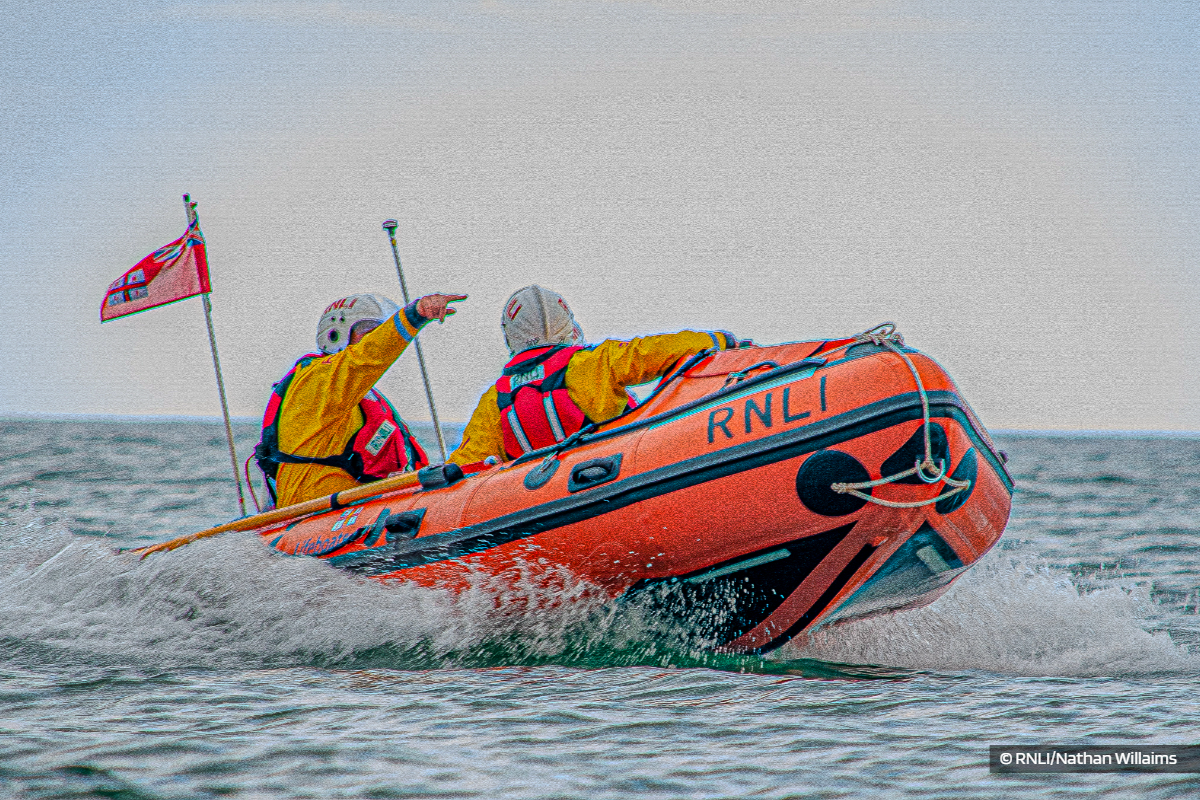
Bridlington RNLI’s inshore lifeboat crew launched on Sunday to assist multiple people in difficulty off Fraisthorpe Beach.
At 3.39pm, the volunteer crew received a tasking request from HM Coastguards to assist a female kite surfer reported to be struggling in the water approximately half a mile from the shoreline. Volunteer crews were paged at 3.40pm and launched D class lifeboat Ernie Welling at 3.52pm
While enroute to the reported location the crew were waved down by two kayaker's who were without buoyancy aids. The pair had a mobile phone but had not contacted the Coastguard. The volunteer lifeboat crew brought them safely ashore at the nearest suitable beach.
Once back underway, the crew headed to another casualty a kite surfer, they continued their search and found the young woman, in the water and struggling to return to shore unaided. She was not wearing a buoyancy aid and had no means of communication. The lifeboat crew assisted her safely back to the beach where her family was waiting.
Anna Needham, Bridlington RNLI launch authority and water safety volunteer, said:
‘We encourage anyone heading to the coast to always check the sea conditions before going out and to follow basic water safety advice. Wear a buoyancy aid, take a means of calling for help, and let someone know your plans. Whether you’re paddleboarding, kayaking or kite surfing, being prepared could save your life.’
The inshore lifeboat was stood down at 4.19pm, returned to the beach by 4.27pm, and was made ready for service again by 5.00pm.
The RNLI’s key safety advice for anyone visiting the coast is:
- Before you head out, make sure it's safe. Check the tide tables and the wind direction – if you’re paddleboarding or kayaking beware of offshore winds.
- While you're out, be aware of your surroundings and the tide's direction.
- In an emergency call 999 or 112– if you are at sea or on the beach ask for the coastguard
- If you do find yourself in the water unexpectedly, Float To Live: Tilt your head back with ears submerged, relax and try to control your breathing, move your hands to help you stay afloat and once you are over the initial shock, call for help or swim to safety.



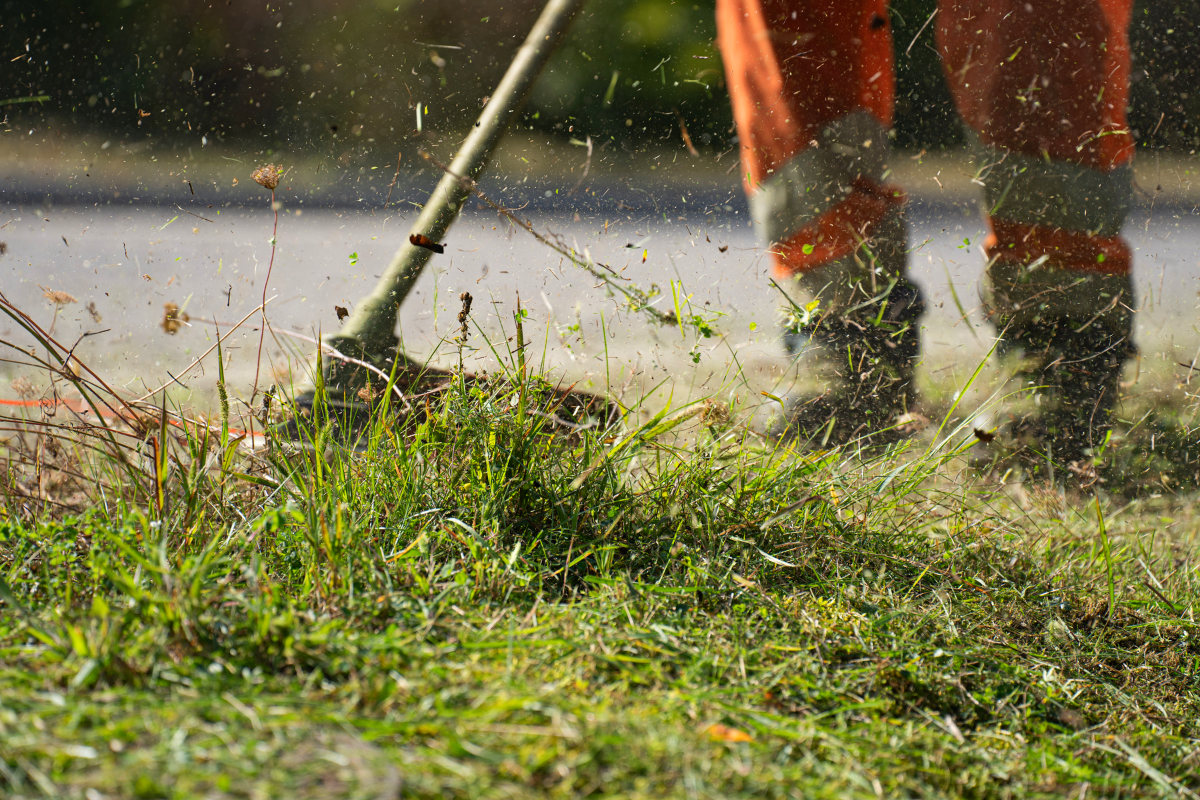 Coastal Parish Councils Face £100k Cuts As North Yorkshire Council Seeks Savings
Coastal Parish Councils Face £100k Cuts As North Yorkshire Council Seeks Savings
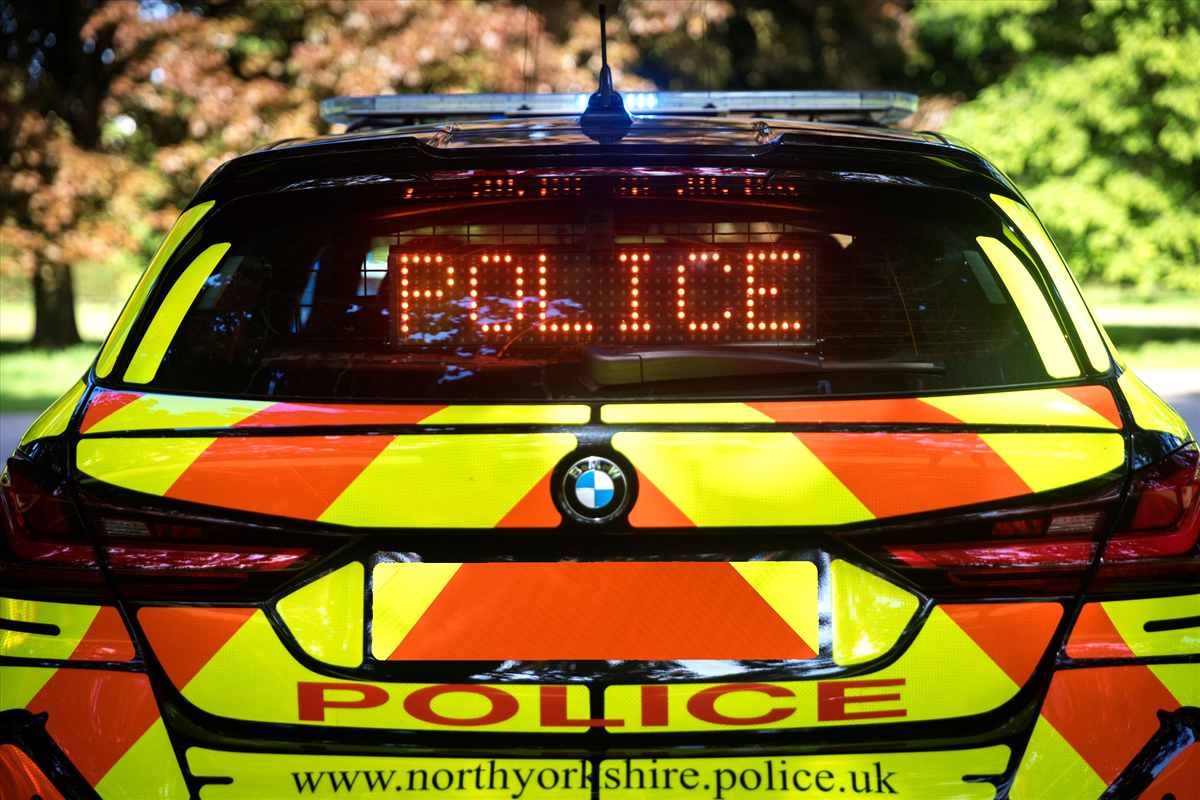 Police Appeal Following Fatal Collision on A64 Near Scarborough
Police Appeal Following Fatal Collision on A64 Near Scarborough
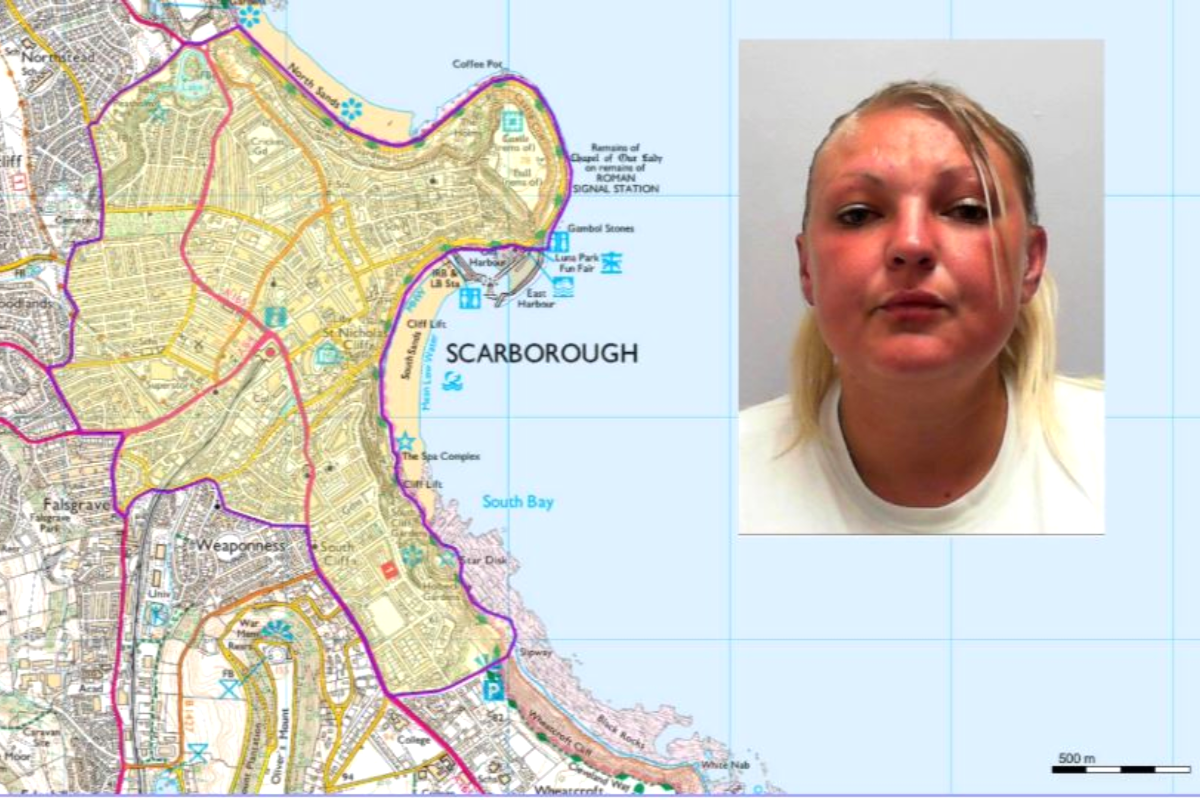 Criminal Behaviour Order for Prolific Offender in Scarborough
Criminal Behaviour Order for Prolific Offender in Scarborough
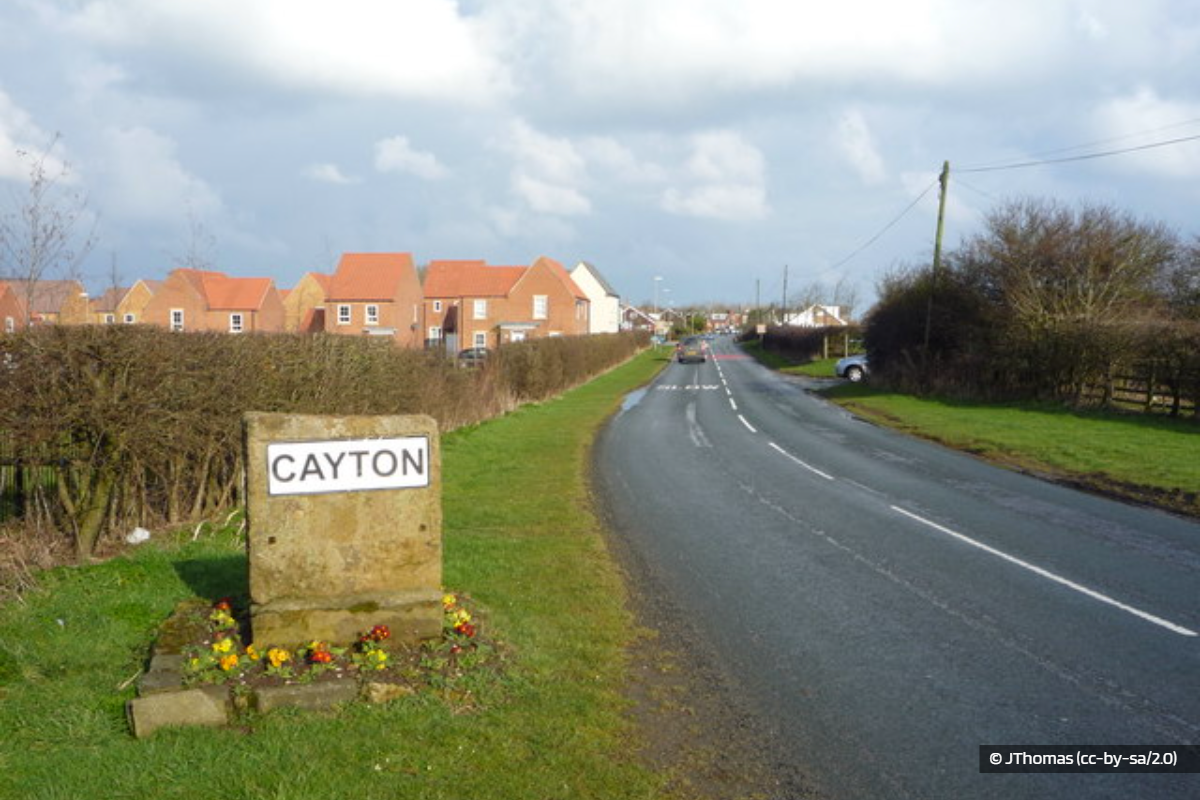 Concern Over Lack of Facilities for Older Residents in Yorkshire Coast Villages
Concern Over Lack of Facilities for Older Residents in Yorkshire Coast Villages
 Scarborough to get New Ambulance Station as Plans Approved
Scarborough to get New Ambulance Station as Plans Approved
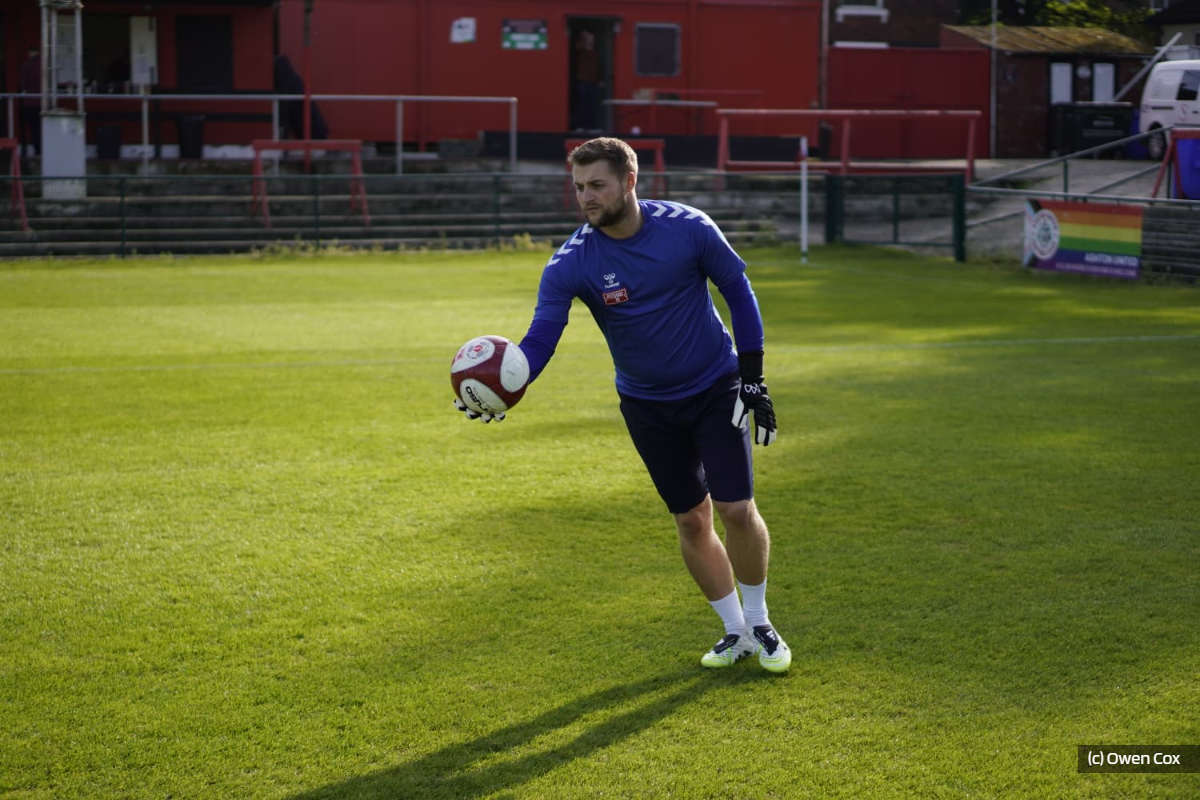 Whitby Town Goalkeeper Targets Appearance Record Ahead of Home Run
Whitby Town Goalkeeper Targets Appearance Record Ahead of Home Run
 Support Grows for Scarborough Town of Culture Bid
Support Grows for Scarborough Town of Culture Bid
 North Yorkshire Councillor Allowances set to Rise by 3.6% to £1.6m
North Yorkshire Councillor Allowances set to Rise by 3.6% to £1.6m
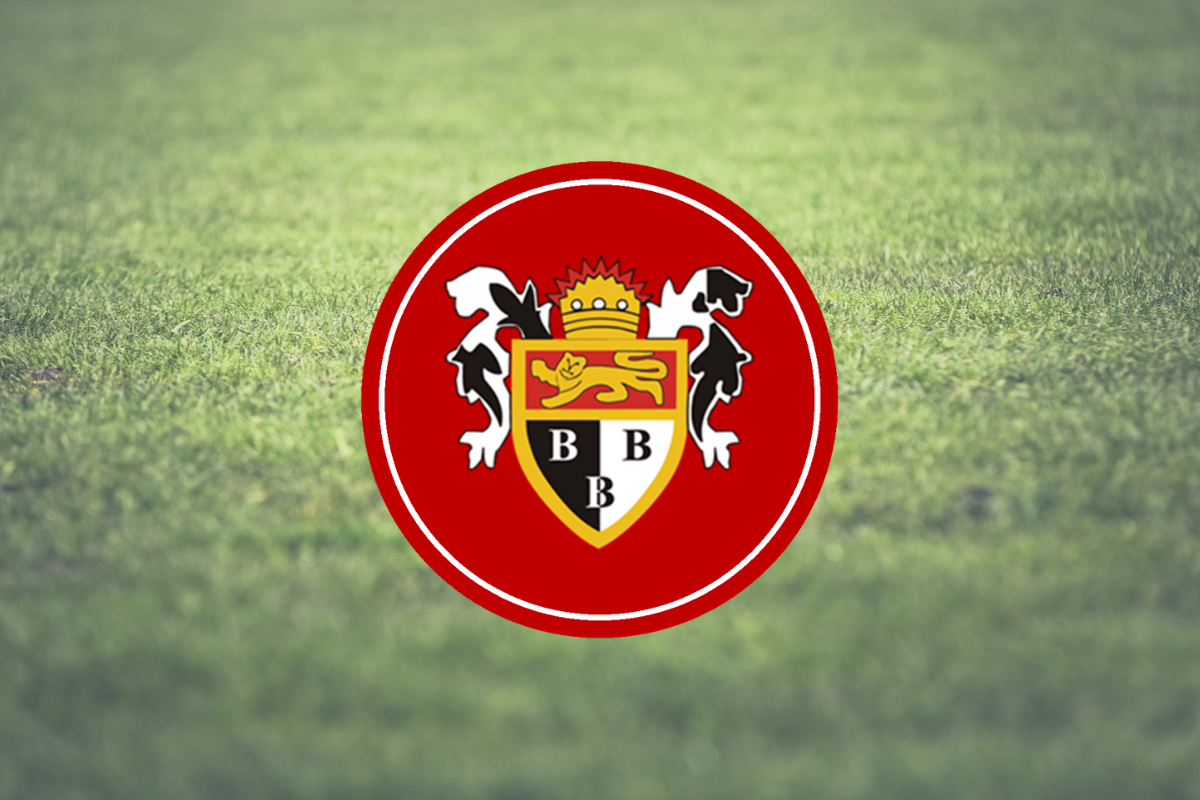 Brid Town: Struggling Seasiders Search For Turnaround
Brid Town: Struggling Seasiders Search For Turnaround
 East Riding College Celebrates Annual Graduation Ceremony
East Riding College Celebrates Annual Graduation Ceremony
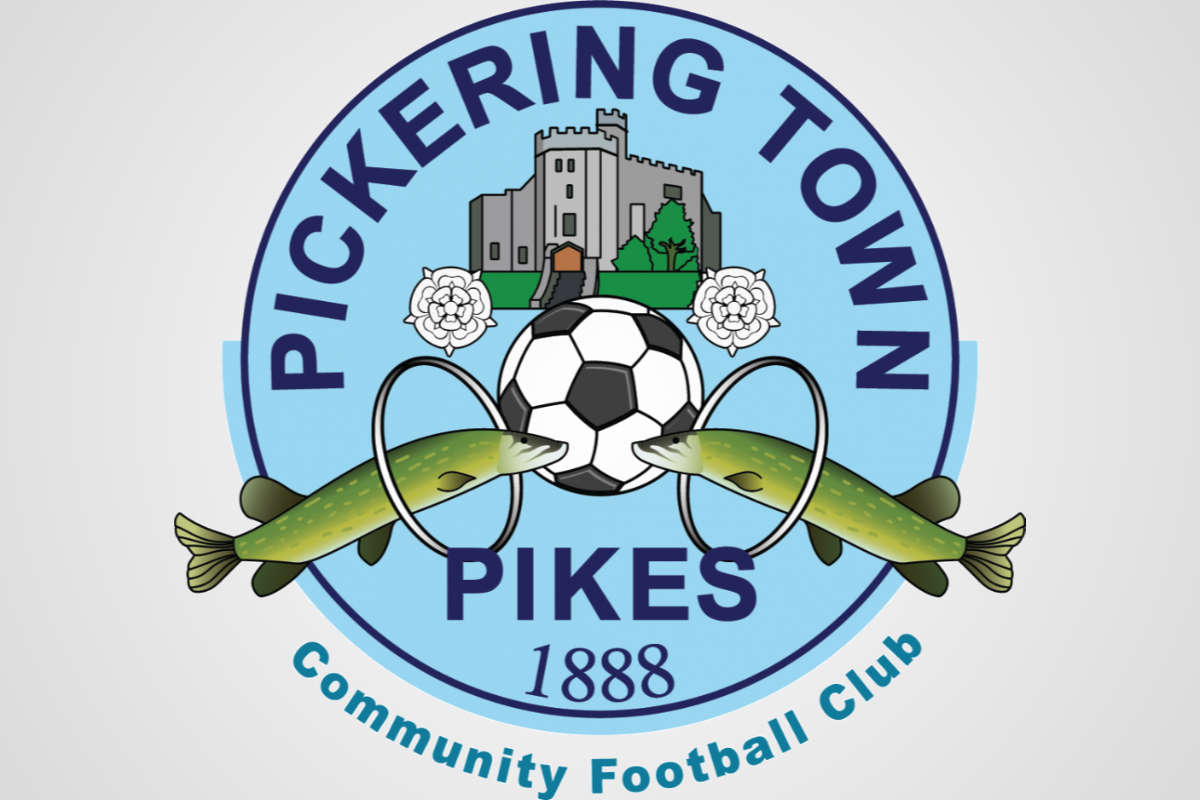 Pickering Town Hunting A Hat-trick
Pickering Town Hunting A Hat-trick
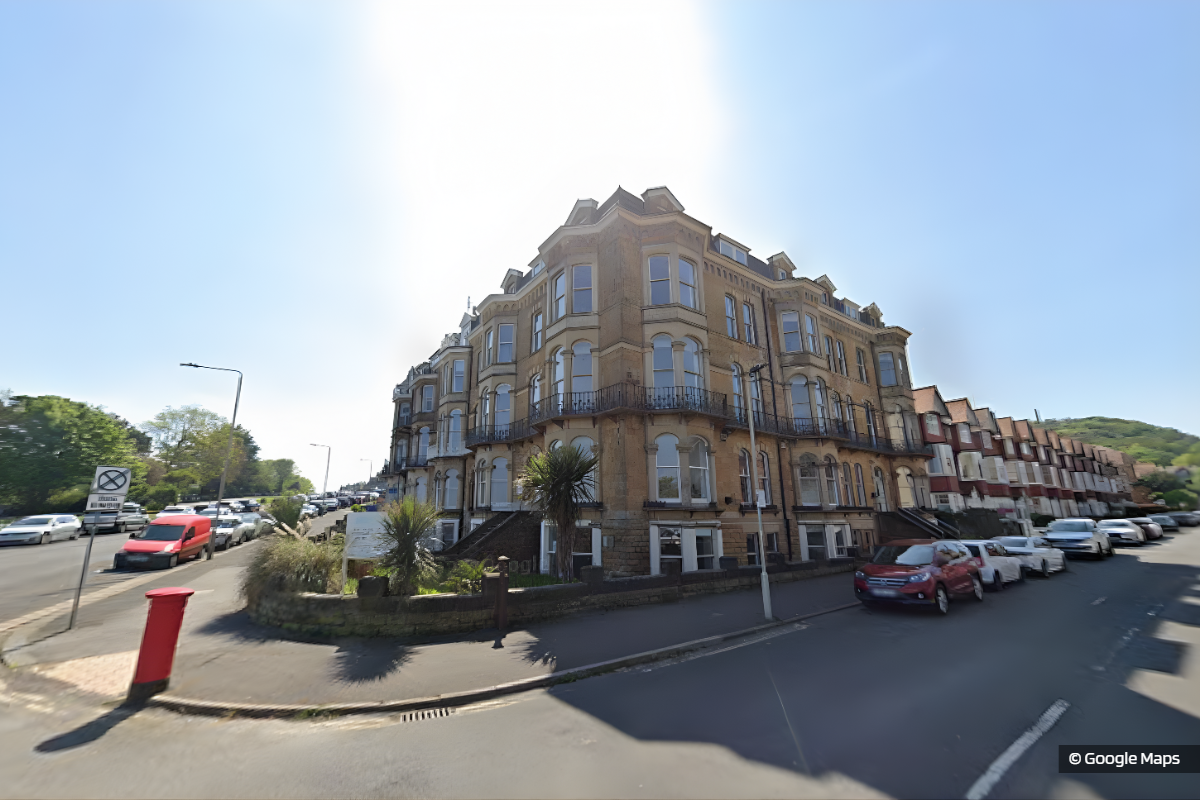 Flats and Swimming Pool Plan Approved for Former Scarborough Hotel
Flats and Swimming Pool Plan Approved for Former Scarborough Hotel








Comments
Add a comment